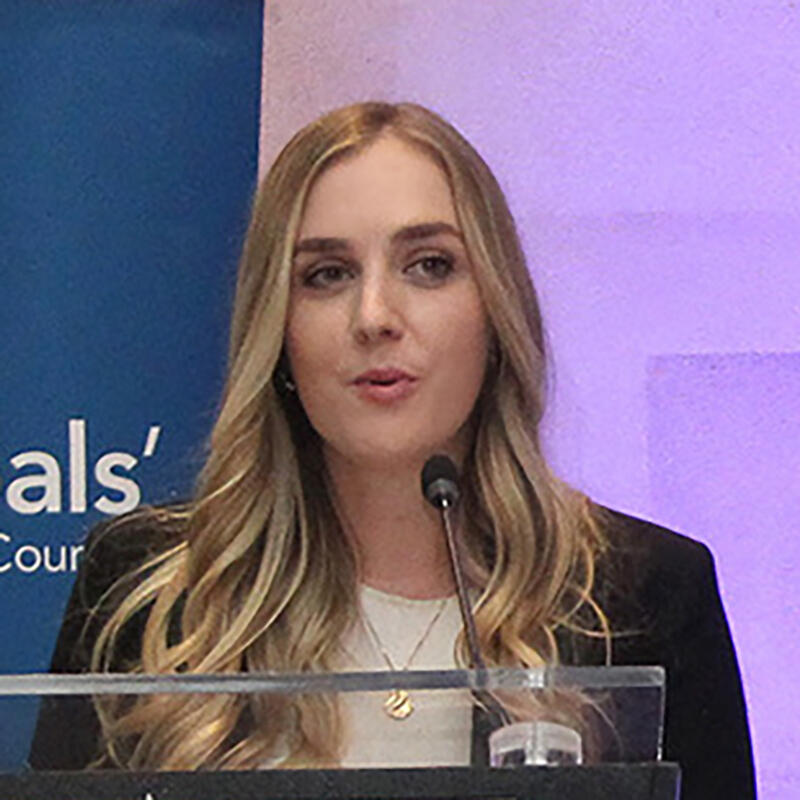Question: Once the strike vote is done, what happens then?
Answer: I’m writing this column just before teachers begin voting on taking strike action and so this response is, by necessity, somewhat speculative and conditional. Once the result of the strike vote has been confirmed, there may be additional clarity, at least around the process ahead.
Let me start at the end. At some point, regardless of the route taken, this round of bargaining will conclude with a settlement. That settlement might be negotiated or it might be imposed. It might occur before, during or after a strike or related labour action has taken place.
In labour relations, a negotiated settlement between the parties, in our case the Association and the Teachers’ Employer Bargaining Association (TEBA), is much to be preferred. A negotiated settlement permits the parties to better represent their interests and arrive at solutions that, although not ideal for either, at least represent the best obtainable outcome. A negotiated agreement would have to be put before the Association members and TEBA members for ratification and approved before it would come into effect.
The imposition of a settlement can occur by a variety of different means. Terms of settlement could be imposed directly in legislation or be the outcome of a binding arbitration process. In 2002, the last time the Association undertook labour action affecting multiple bargaining units and employers, the imposed settlements were the result of a hybrid approach—while binding arbitrations took place for each bargaining unit and employer board, their scope and potential outcomes were constrained by a piece of legislation, the Education Services Settlement Act.
The parties now have ... the path of continued negotiation leading to agreement and the path of labour action. Both paths ultimately lead to a settlement.
As settlements were released by David Jones, KC, who was appointed to undertake the arbitration, some districts were able to see the writing on the wall and concluded individual agreements that were in line with the general outcomes of the arbitrated settlements. Of course, with provincial bargaining now taking place under the Public Education Collective Bargaining Act, this is not a possibility; any central table settlement would govern teachers and boards across the province, even though some of its content might be differentiated, affecting teachers in different bargaining units differently.
(For the sake of completeness, I should note that there are other “nuclear” alternatives to what I have laid out above, but in my estimation, these would be without historical precedent in this province and are highly unlikely.)
So if settlement is the ultimate end, how do we get to that point?
Regardless of the outcome of the strike vote, with the rejection of the mediator’s recommended terms for settlement, the first step will be for the Association to seek a return to the bargaining table. A decisive strike vote would be presented as proof to TEBA of teachers’ collective commitment and of their expectation that the TEBA should do better. On the other side, it is likely that TEBA would consult with employers as they prepare to hold a lockout vote, both as an expression of its determination, but also to protect employer interests in the event of labour action.
Because teachers rejected the mediator’s recommendation, the two parties would technically be returned to their opening position on all unresolved matters. That said, future bargaining would continue to involve members of the Association’s Central Table Bargaining Committee and TEBA bargainers; both are well aware of discussions that informed the mediator’s recommendations and would likely take those into consideration in their discussions.
Should bargaining break down with no possibility of an acceptable outcome, Provincial Executive Council (PEC) could, within 120 days of a successful strike vote, issue 72 hours’ notice and then commence a strike. The actual conduct and mechanics of a strike would be informed by a central strike action committee, which would be established by and be advisory to PEC. Again, there is a similar process for the employer to proceed to lockout.
The parties now have two parallel paths down which they will proceed: the path of continued negotiation leading to agreement and the path of labour action. Both paths ultimately lead to a settlement. The path we and our government and school board counterparts choose to take will affect the nature of that settlement and the climate in the public education sector for the foreseeable future.
Questions for consideration in this column are welcome. Please address them to Dennis Theobald at dennis.theobald@ata.ab.ca.

ATA Executive Secretary


